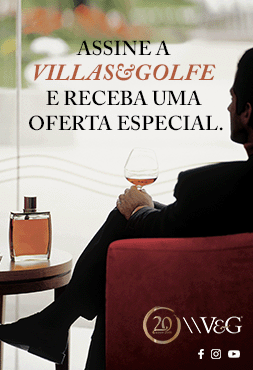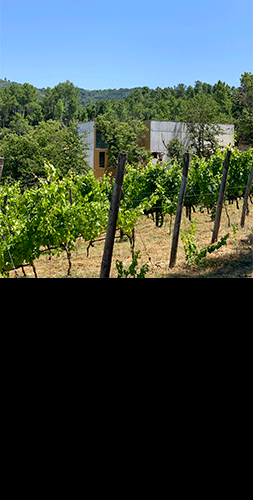We begin our expedition
with the International Museum of
Contemporary Sculpture of Santo Tirso, which came about following a
proposal, made in 1990 by the sculptor Alberto Carneiro to the municipality of
Santo Tirso, to hold a series of sculpture symposiums, which has underlying
themes associated with contemporary art. After holding four symposiums, in 1996
the Municipal Council approved the creation of the museum. Faced with the need
to do something about the Abade Pedrosa
Municipal Museum, housed within the Monastery of Santo Tirso, and also
needing to build the new museum, the council decided to commission these
projects from architects Eduardo Souto de Moura and Álvaro Siza Vieira, bringing
them together in the same place. The intervention focused on restoring the
essence of the monastery and its context and on the construction of a new structure,
both accessible via the same atrium. MIECST is now a benchmark venue in the
international art scene and includes 55 sculptures by nationally and
internationally renowned artists in the city’s public spaces and gardens.
We then discover the Fábrica de Santo Thyrso (Santo Thyrso
Factory), founded in 1898 and closed in 1990. Having been one of the most iconic
textile factories in the Ave Valley, it was seen as a symbol of progress, driving
economic growth and promoting important social transformations. Located on the
left bank of the River Ave, the factory is an inescapable reference point in
the collective memory of Santo Tirso. When, in 1992, the municipality decided
to move forward with an Ave River Banks Urbanisation Plan, the Santo Thyrso
Factory was included in the project. Nowadays, it is a revitalized, cultural
and creative neighbourhood, where, in addition to two incubators, thus fostering
the creation of new industries and synergies, it has a commercial, innovative
and dynamic aspect to it. Honouring and commending the memory of its past, it
has a vision of the future.
Boasting more than 150
hectares and located in Água Longa, Vale
Pisão-Nature Resort is a luxury residential complex whose great attraction
is its golf course. The development began to take shape in 1999, although the
golf course was only officially opened ten years later. The golf course is
played over nine holes of varying degrees of difficulty, complemented by an
academy, enjoying all you could ever need to play this sport. The layout of the
course mirrors the natural aesthetics of the geographical area, blending into
the natural landscape of the valley and taking advantage of the slopes,
vegetation and water ways. You can thus enjoy a varied and balanced game with
interesting challenges.
The lush trees and vegetation
of the D. Maria II Park, located in
the heart of the city, is an excellent spot in which to spend enjoyable
moments, used daily by local residents. Aware of this importance, in 1998 the Municipal
Council embarked on a project to revitalize this space. In addition to
infrastructure works, new areas were created, while the lake and the gazebo
were renovated. The playground has been entirely refurbished. Alongside this
work, the Municipal Council went ahead with the improvement works to the Tea House,
a project from 1940. The D. Maria II Park was reopened to the public in 2001
and since that date has served as a venue for events and festivities. A water
feature connecting the park to the adjacent gardens was also inaugurated in
2001.
To finish, the
century-old Confeitaria Moura, in the center of Santo Tirso, which made the
first ever Jesuítas pastries in
Portugal. More than a hundred years later, the family continues to follow the
recipe left by a Spanish pastry chef who had worked in a Jesuit convent in the
Bilbao area. Although they are sold throughout Portugal, traditional and true jesuítas, whose recipe is a closely
guarded secret, are those made in Santo Tirso, one of the symbols and highlights
of the city.
This is probably the
Portuguese city with the most works of art in the public space, but the charms
of Santo Tirso are not confined to its prosperous cultural activity. This green
municipality, which has the River Ave as its horizon, has managed to preserve
the memory of the past. Traditions, fairs and religious festivals are still
alive in the souls of its people, as well as its rich gastronomy and
award-winning vinho verdes, which
amaze both locals and visitors. The textile industry may not have the vigour it
once had, but Santo Tirso has reinvented itself, innovated and made its
presence felt, with its sights set firmly on the future.
Santo Tirso
The old and the new framed with green
It lies just 15 minutes
from Oporto, Braga and Guimarães. Very industrialised, the Municipality of
Santo Tirso is also rich in parks and gardens, some of them embellished with
remarkable sculptures of contemporary art. Santo Tirso invites you to explore its
diverse landscape, to discover the contrast between heritage and modernity, its
rich gastronomy, its great artisan traditions and a long list of attributes that
make this northern municipality a great place to visit.















